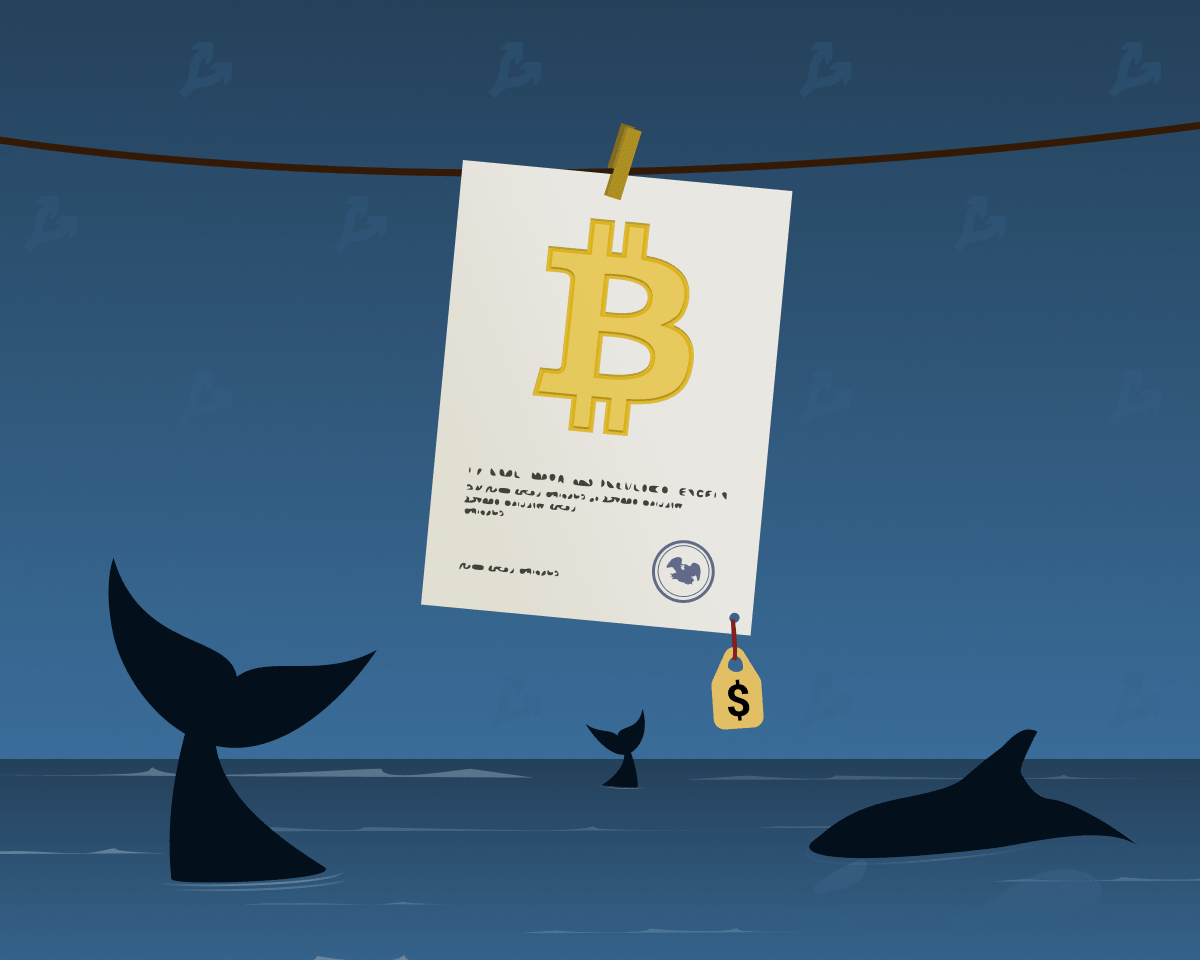
The post U.S. Backs Stablecoins to Boost Dollar Power, Eyes $2T Market, Says U.S. Treasury appeared first on Coinpedia Fintech News
The U.S. government is no longer just exploring crypto — it’s embracing it as a strategy. Treasury Secretary Scott Bessent says dollar-pegged stablecoins could grow into a $2 trillion market. He believes these coins can make the U.S. dollar stronger and more widely used worldwide.
With new legislation on the way, stablecoins may soon become a core part of U.S. finance.
Stablecoins Pegged to USD to Hit $2 T
During a Senate Appropriations Committee hearing, Bessent didn’t present stablecoins as a threat to the current financial system. Instead, he called them the next evolution of the U.S. dollar’s journey.
With strong rules in place, requiring full backing by Treasury bills and other short-term U.S. debt, stablecoins could go mainstream without risking financial stability.
He estimated that the market value of stablecoins could reach $2 trillion in the coming years. Supporting this outlook, a fresh report by the Citi Institute hints at an even more optimistic picture, projecting stablecoin issuance to soar to $3.7 trillion by 2030.
What’s the goal?
Spread dollar-based digital assets around the world, increase demand for U.S. debt, and make the dollar even more central to global trade and finance.
Congress is catching up fast. The Senate just cleared a key vote on a stablecoin bill, and it’s likely to become law soon.
Meanwhile, President Trump supports it, crypto lobbyists are fully behind it, and even major retailers see benefits. For them, stablecoins offer a cheaper, faster alternative to credit card giants like Visa and Mastercard.
Not Everyone’s on Board
Banks are split. Small banks worry that stablecoins could drain deposits and hurt local lending. Meanwhile, big banks are taking a different route, creating their own stablecoins to retain customers and earn interest from their reserves.
Retailers, on the other hand, want more than just stablecoin support. They’re pushing for changes that would break the dominance of Visa and Mastercard.
But the Senate is likely to block those efforts, and a separate move to stop Trump from profiting off crypto while in office.
If this bill passes, the U.S. dollar could quietly go digital in the form of regulated, debt-backed stablecoins. And that may be just what policymakers want.

 3 weeks ago
42
3 weeks ago
42













 English (US) ·
English (US) ·